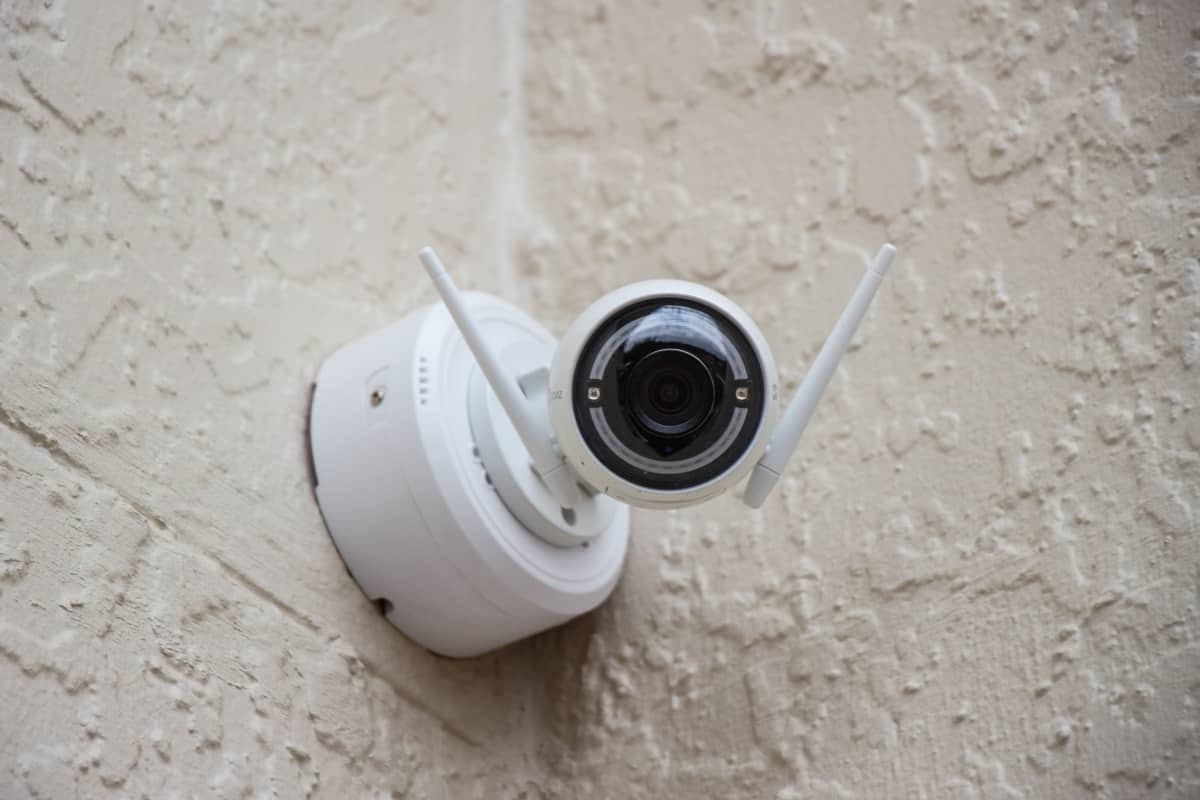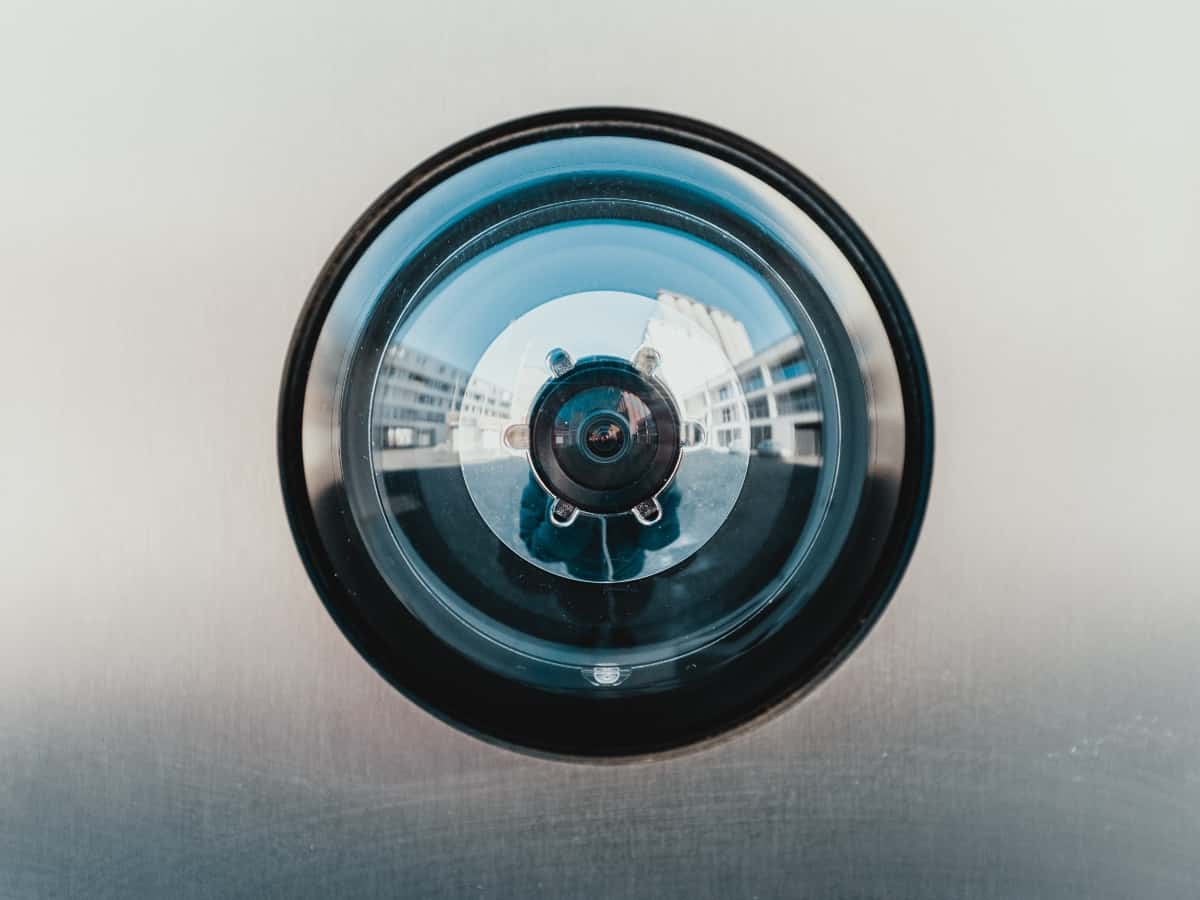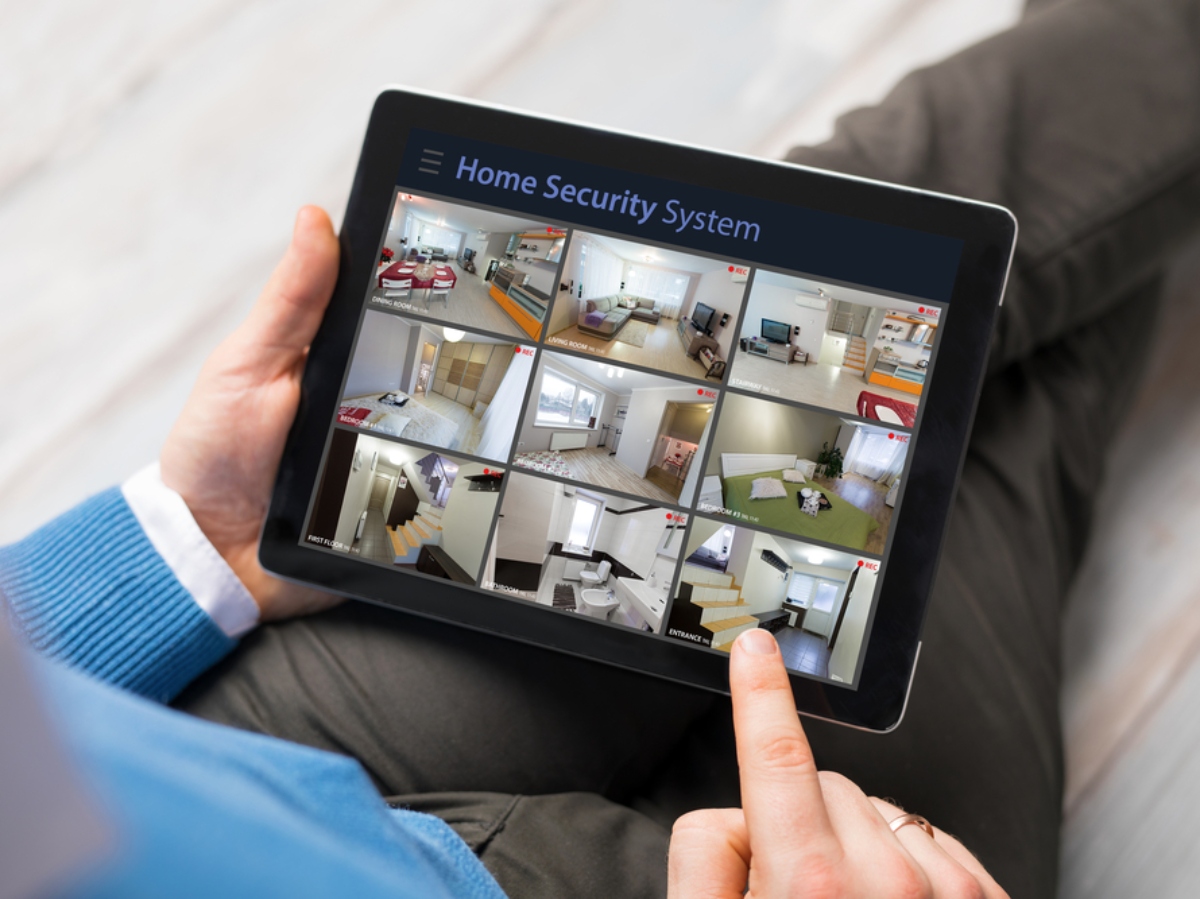As the world becomes more technologically advanced, so do the tools available for enhancing security in our homes and businesses. For example, a home surveillance camera system is more affordable and accessible than ever. This makes them a popular choice for homeowners looking to add an extra layer of security. Statistics show property crimes reported in the U.S. in 2020 were approximately 6.5 million, which is 33% less than in 2011. The decrease could be attributed to the high usage of home security systems and technological advancements.
If you’re thinking of investing in a security surveillance system, you should know a few things. This blog post will explore a home surveillance system and its benefits. We’ll also provide tips on what to look for when choosing a home surveillance camera system.

What is a Home Security Camera?
A home security camera is a device you can use to monitor and record activity within your home. The cameras are usually part of a more extensive security system, including door and window sensors, motion detectors, and alarm systems.
What is a Home Surveillance System?
A home surveillance system is a security system used to monitor and protect a home or property. Surveillance systems are excellent for deterring crime. In addition, you can use them to monitor and record activities going on in your home. In short, surveillance systems are for various reasons, including security, safety, and peace of mind. The system comprises a network of cameras, sensors, and other monitoring devices connected to a central control panel or digital video recorder (DVR).
The cameras and sensors are used to detect and record activity on the property. On the other hand, the control panel or DVR is used to view and manage the surveillance footage. You can use a surveillance system to monitor activity inside and outside a home. You can also use them to monitor various activities, including criminal activity, trespassing, and vandalism.

What Are the Benefits of a Home Surveillance System?
A home security system is a valuable addition to any home. Here are some benefits of a home security system:
- Can provide peace of mind: Knowing that your home is protected can help you relax and enjoy your time, whether at home or away.
- Helps deter burglars: If a burglar knows your home is protected, they are less likely to target it. In addition, you can use surveillance system recordings as evidence in case of a break-in or other crime.
- Saves money on your home insurance: Most home insurance companies offer discounts for homes protected by a security system.
- Buyer appeal: A home security system can make your home more attractive to potential buyers. Showing them your safe and secure home might lead to sales with an increase in its value.
- You can monitor activities: The best home surveillance camera system lets you keep tabs on what’s happening in your home—for instance, checking on your kids or pet.
What to Know Before Buying a Home Surveillance Camera System
There are some things to consider when selecting a home surveillance camera system. First, remember not to choose something because someone tells you it’s good. It’s good to note that the best security cameras should meet your needs. Here are some tips:
Tip #1: Figure out if You’re Going DIY/Professional Installation
If you’re looking to install a home surveillance camera system, you first need to figure out the installation type. Do you want to go the DIY (do it yourself) route or have a professional do it for you? There are benefits and drawbacks to both. DIY installation is usually cheaper and easy to customize. However, it can be more of a system time-consuming and difficult if you’re unfamiliar with electrical work. Also, repairs and maintenance of the DIY system will be your responsibility, unlike in professional installation, where the care is under the company. Professional installation is more expensive, but it’s usually quicker, easier, and more reliable since the experts already know how to do it.
Tip #2: Consider the Size of the System You Need
The size of the system you need will depend on the size of your home or business. It also depends on the level of security you need. For example, a home security system for renters will need fewer cameras.
Tip #3: Finding the Right Location For Your Camera
One of the most important decisions you’ll need to make is finding the right location for your security camera. It would be best to place a security camera strategically around your property to give you the coverage you need. It’s crucial to choose a perfect spot that will allow it to capture the area you want to monitor. There are some things when choosing the best place to install the camera. First, you’ll need to decide what you want to monitor.
Do you want to keep an eye on your front door, backyard, or both? According to a survey, 34% of burglars use the front door while 22% enter through the backdoor. Once you know what area you want to monitor, you can narrow your search for the perfect location.
Tip #4: Decide What Type of System You Need
There are two main types of security camera systems: wired and wireless. Wired systems are typically more reliable since there’s no risk of interference. However, wired systems can be more challenging to install since you must run wires through your walls. Wireless systems installation is often easier and offers more flexibility, but they may not be as reliable as wired systems.
Tip #5: What’s Your Budget?
Security systems prices can range from a few hundred to several thousand dollars. So, as you shop for a home surveillance camera system, it’s important to consider your budget. Some factors can affect the cost of a security camera system. This includes the number of cameras you need, the features you want, and the type of installation. With so many options you can choose from, it’s vital to have a clear idea of your budget before you start shopping. This helps you determine your options and find the best security camera for your needs.

What Are the Features to Look for in a Security Camera?
With so many home surveillance cameras on the market, how do you know which one will meet your needs? Here are the features that can help you make the best decision:
- Field of view: The amount of space covered by your camera. A wider field of view lets the camera see more of the surrounding area.
- Video resolution: Video resolution is how clear your video is when viewed at different distances and under different lighting conditions. Higher numbers are better.
- Motion activation: Refers to how fast a motion detection feature will trigger and send out an alert if it detects activity in front of it. Motion activation varies by camera model and can range from as little as one second to several seconds.
- Smart home integration: Some security cameras allow smart home integration, so you can control them using an app on your phone or computer. You’ll be able to change settings like brightness or sound remotely without walking over.
- Night vision: Some security cameras come with night vision. They can see in pitch-dark conditions with no additional lighting equipment installed around them. This helps them record quality photos and videos.
- Two-way audio: A two-way audio camera can help deter intruders by enabling you to communicate with family members or anyone in your home.
- Video storage: Storage space is vital in a security camera. The camera can record what’s happening in your home, and you can later access the recording. Many cameras have a built-in S.D. card slot; you’ll only need to transfer the recordings to a computer or phone.
- Design and durability: The design of your camera will depend on where you’re installing it. For example, an outdoor camera design should be more sturdy and weather-proof than an indoor camera so it can handle anything the outside world throws at them.
- Pan tilt zoom (PTZ): The PTZ feature lets you move your camera, left or right, up and down, or even zoom in and out of scenes. This is especially helpful if you want to get a better view of something or monitor a large area.
Protect Your Home with the ONIT Home Smart Security System
Buying a home surveillance camera system is an excellent investment for any homeowner. It will help you feel more safe and confident in your home. Before you buy a system for your home, consider the installation type, where to place the cameras, size, and budget. If you want to enhance security in your home, ONIT Home has you covered. We help you protect what matters most with our customizable security packages. You’ll pick the combination of equipment that will help meet your security needs, and we will help you develop your security system.
Our system comes with 24/7 monitoring at a reasonable fee, and we also offer professional installation. Furthermore, we have partnered with giant companies such as Brinks, Arlo, Ring, Alarm.com, and more to provide you with the best technology.
Visit us online or call us at 1-833-433-0331 to get the best security system and keep your family safe. Need home security? We’re ONIT!



